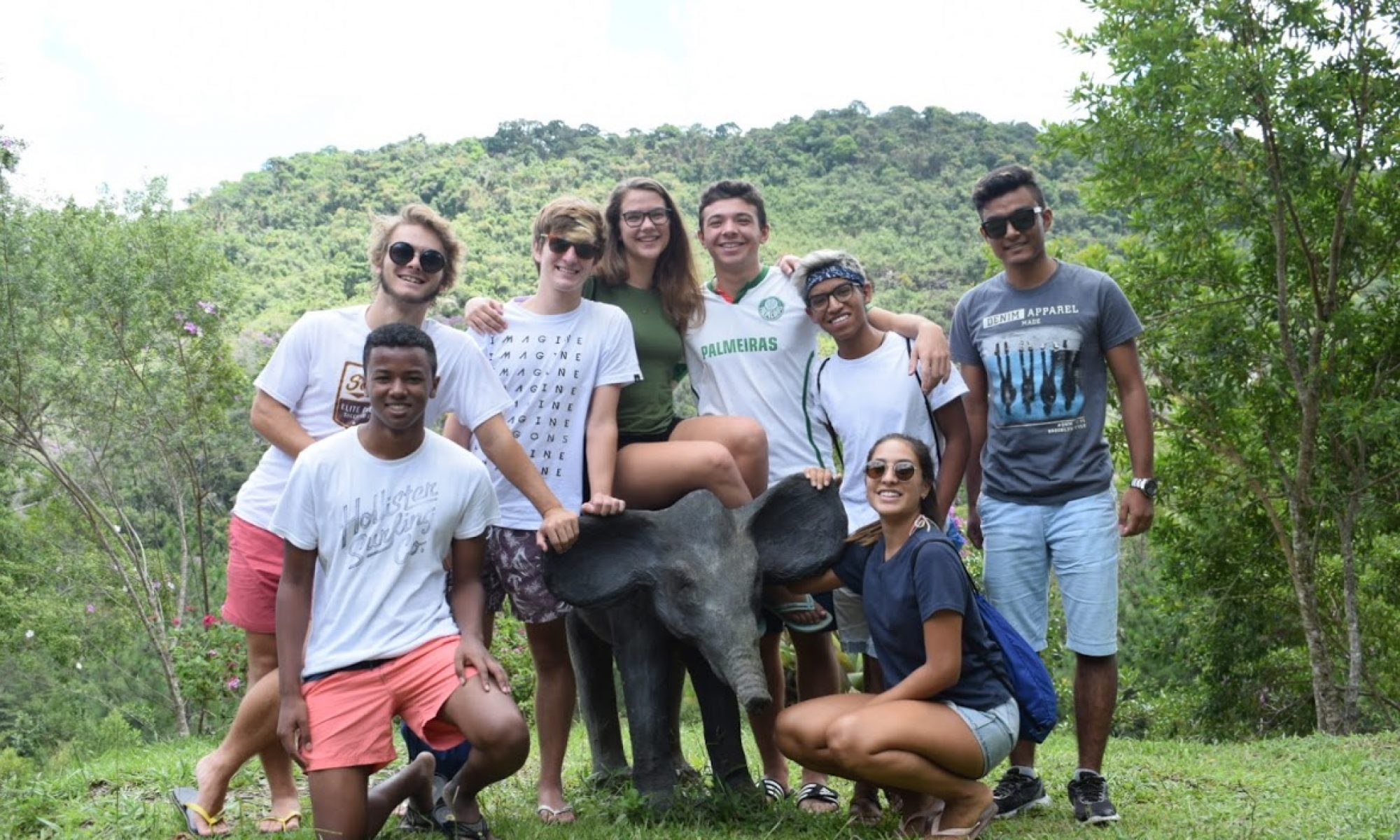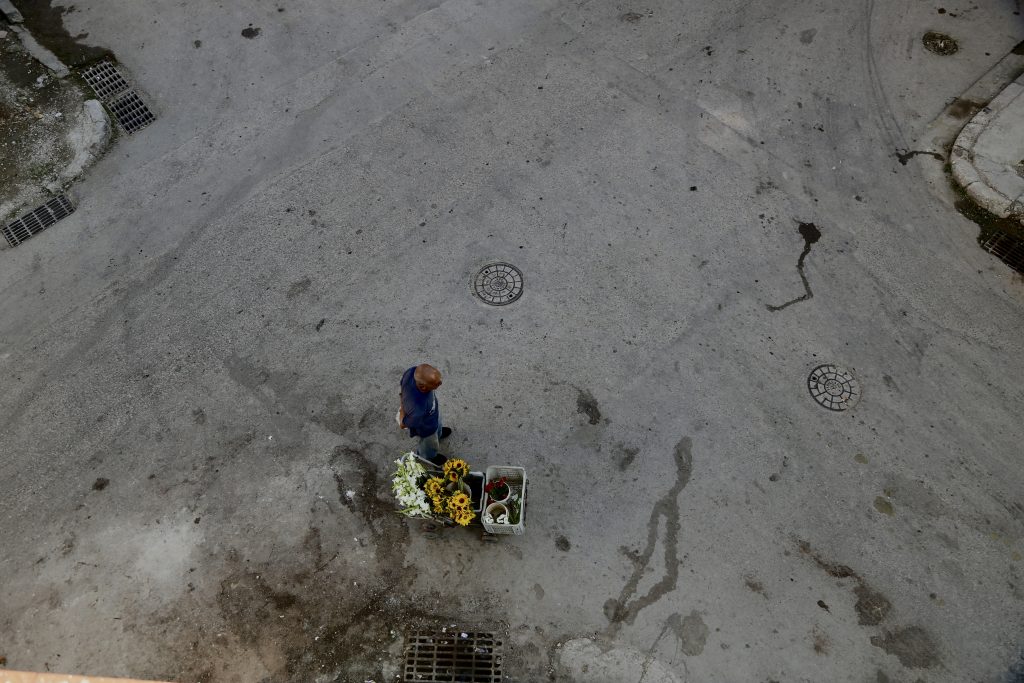By: Seri Larson
When visiting a place for the first time, especially in a foreign country, it’s hard to not have an idea of what it will be like and to not form expectations before arriving. This was the case for me arriving in Havana, Cuba with five other Tufts students after a long travel day. Even with the preliminary research done through readings, watching documentaries, and listening to both podcasts and Cuban music, my expectations for what awaited me in Cuba were very different than the realities of what I then experienced in the following week.
If you were to ask me after our first day of being in Cuba what the two things I noticed most was, I probably would’ve had two answers: the first, that Che Guevara was more celebrated within Havana than Fidel Castro purely based on art around the streets; and the second, that the dogs and cats roaming around the city streets unattended reminded me of my own Native American reservation located in the state of Montana back home in the US. One of these things is obviously a more astute and relevant observation in terms of what’s important when thinking about Cuba as a nation and the people living in it. I was initially surprised that Che Guevara was more celebrated through the art around the city seen in murals, paintings, drawings, etc. than Fidel Castro was based on the historical background I’d gleaned from our prior research. That being said, after a couple of days there, I connected the dots and understood that in Cuba during the time that we were there for, Che Guevara represented more of what the Cuban people were aligned with today in 2023 while Castro was still an influential leader, but more of a symbol of a revolution past. And circling back to the streets of Cuba amidst the art of past leaders, the dogs and cats were also a part of the Cuban culture that one might not have expected and an aspect of Cuban life that might go unnoticed or at least, unmentioned in discussing Havana as it might seem unimportant compared to the lives of Cubans and the context that they live in. While this might be mostly true, the way these animals on the streets were treated did remind me of my reservation back home. The dogs and cats blended into the normal hustle and bustle of the streets of Havana by the end that I barely noticed them anymore – they were as a part of the community as the buildings families lived in, and some could be seen watching the street life from a doorway at their owner’s feet.
With those being my very first impressions of my first 12-24 hours of being in Cuba, what follows are two, very succinctly put, lasting impressions from Cuba that have stuck with me since being back in the US.
First, most, if not all, of the Cuban people we spoke to were extremely welcoming and kind. Having lived in and near cities in the US all my life, I had not expected to be as accepted into homes and lives, even if so briefly, as we as a group were in and around Havana. I’d never before had the experience, both in the US and in my travels outside of the US and Cuba, of asking a stranger a question and being able to learn about their life or whatever was on their mind without much prompting.
Second, I was surprised to see the ways in which the dire economic situation in Cuba was affecting the Cuban people firsthand. One of the aspects of Cuban life Carolina and I talked about often was the food and culture around food. What one thinks of as “traditional Cuban” food can now almost exclusively be found in restaurants for prices catering to tourists and no longer in the homes of Cuban people. What the people are actually eating in Cuba is based on what they’re able to afford and the meager amount provided, somewhat inconsistently, by the ration system there. Since this trip to Cuba was so fast-paced, I hope that our research project will capture everything I wished I could write in this blog post, but did not have the time or words for.

